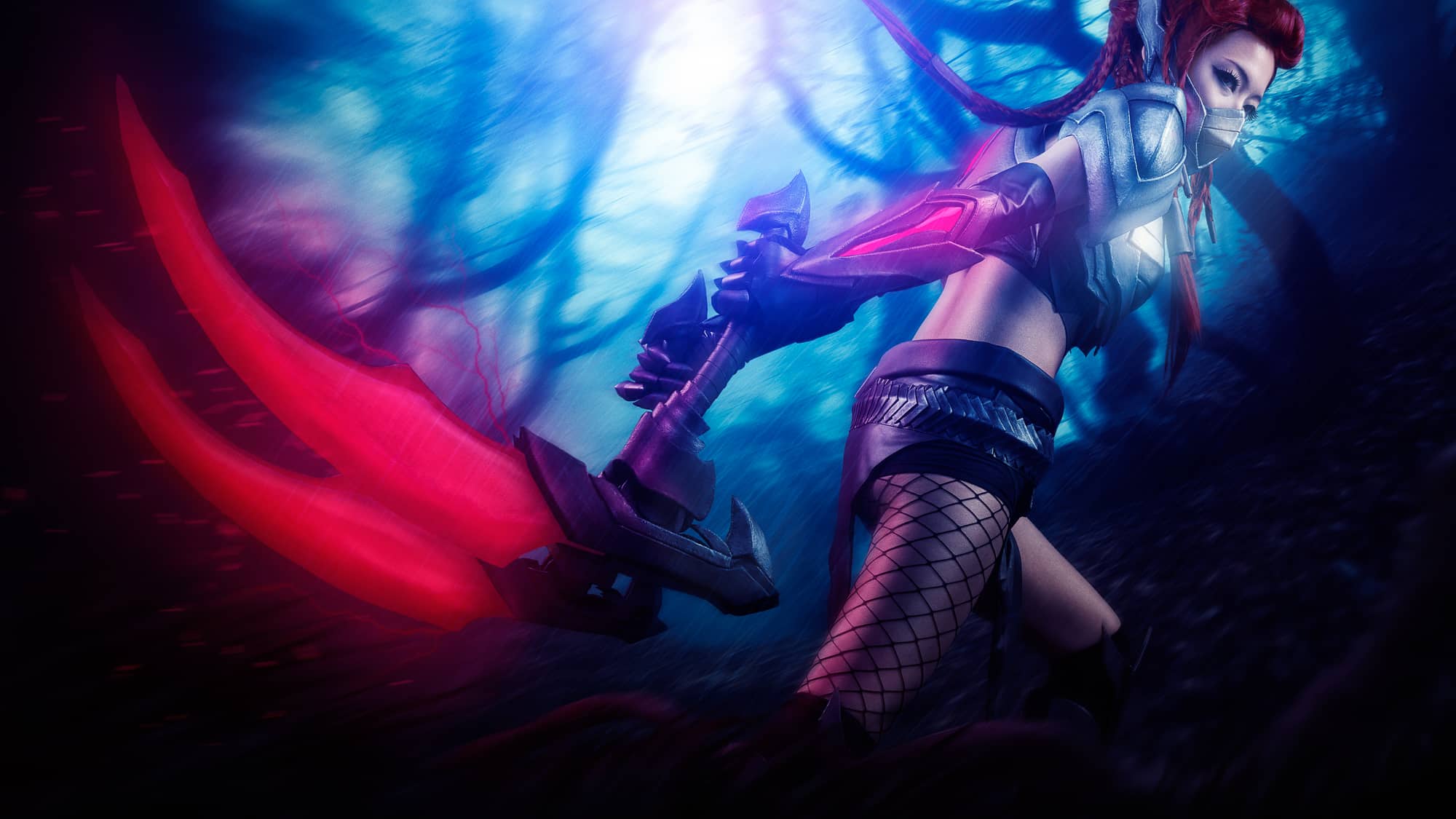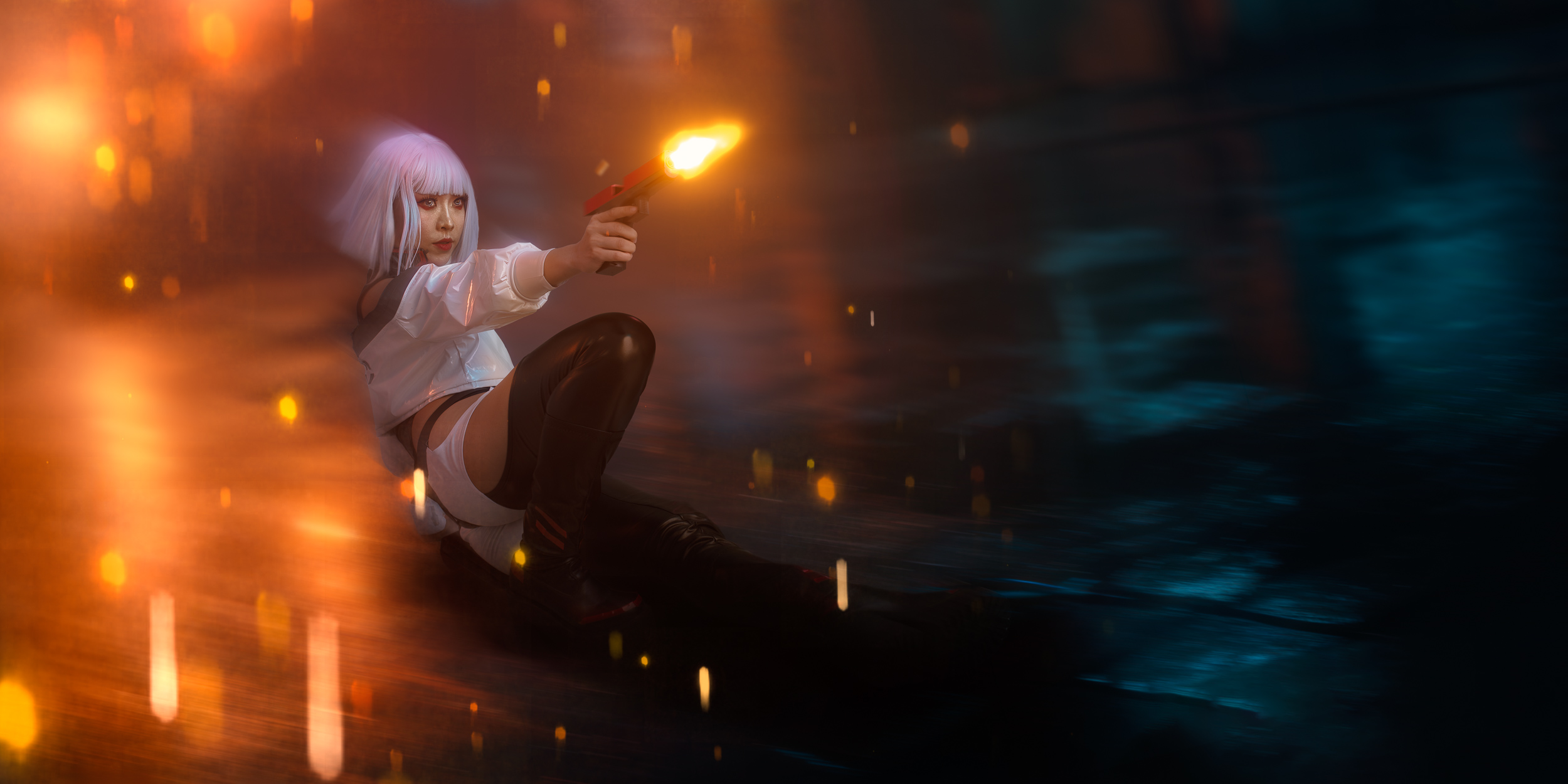
What is a Composite?
In its simplest form, a composite can be broken down to simply the act of taking elements from more than one image to make a new image, using all those elements. A composite can range from very simple to absurdly intricate works of art involving hundreds or even thousands of distinct features drawn from a variety of sources.
For me, a composite usually means mixing a photo of you that I shot in the studio against a typical grey background and putting it into a scene that I have either sourced as a stock image or rendered myself using AI tools. Depending on the nature of the photo, it may also involve using special effects to introduce particles, atmosphere, and lighting effects.
Benefits of Compositing
It allows the creation of an image that would otherwise be extremely costly or even downright impossible.
It allows us to make images depicting a more extreme setting without having to visit said setting.
It allows us to introduce special effects relatively easily
Drawback of Compositing
It generally is a LOT of work. Tools are continuously improving so that days of me spending 20-40 hours per image on a composite are thankfully long gone. Even with modern tools on an extremely powerful computer, a single composite image still represents 5-10x more effort than had we not shot to composite. Uncomposited images are less valuable as they are just flat images on a dull backdrop. With a more normal shoot on location, even if a given image isn't a "money shot," it still is in the location, with the proper lighting, making it potentially useful. With composites, this isn't the case. Furthermore, unlike a beauty or fashion shoot specifically shot for a studio look, composite shoots are designed to be removed from their setting. As you can see in the timelapse below, a lot of effort can go into a single shot:
Composites usually aren't 100% realistic. Production companies spend millions of dollars trying to make a composite look like it could have been real in many blockbuster films, and even then, they often contain flaws if you know where to look. These sorts of flaws are more common and inevitable at our resource level. Usually, it's fine and worth it for a cool image, but expecting optically perfect perspective blends and lighting that perfectly follow the laws of physics will never happen.
Shoots involving composites usually result in fewer final photos because of the above.
Notable Considerations
Not all effects are equally accessible. I'm a photographer first, a Photoshop artist second, and a 3D effects artist not at all. There are limitations on what I can do or create. Lighting and particle effects are generally the most reasonable things I can make, while organic or fluids are among the most difficult or downright impossible if I can't source a suitable stock image that fits perfectly into our scene.
Sometimes, a given pose or angle doesn't work. It may look great when we review photos, but something about it might not work because of lighting or perspective once I lay it out in the scene. We will shoot many shots to ensure we have something that works but never get too attached to a single image.
Composites are always an artistic interpretation. While I am generally trying to stick to the source material, if relevant, I am not looking to clone it. I have a specific style that tends to be dark but also vibrant. I will look to meld whatever the source material is into that style.
